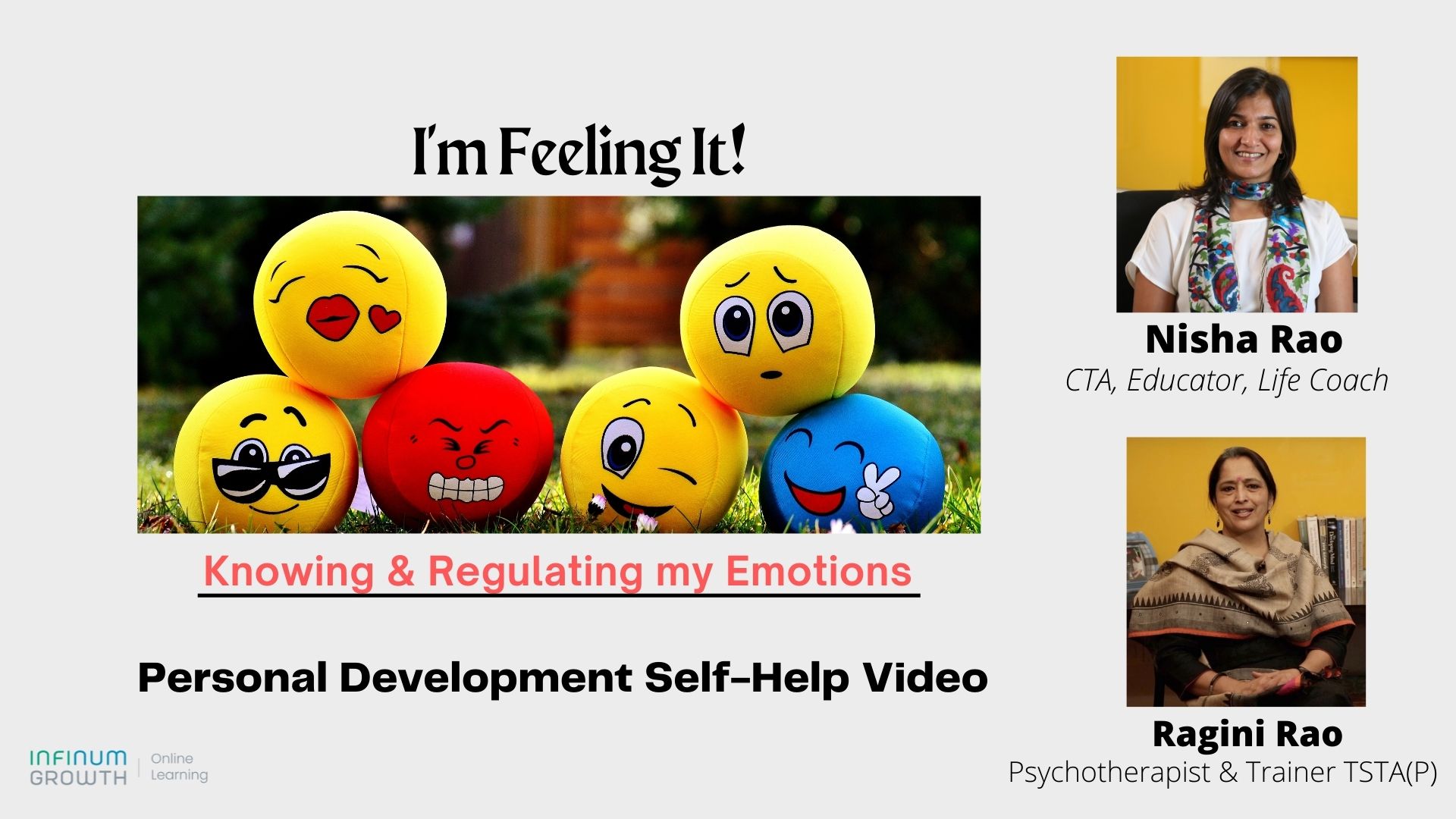After Covid-19 started rampaging across the world, and businesses realized that open movement of their staff was going to be limited, Remote working suddenly boomed. We all know this; and it looks like it is here to stay.
As Kunal Kaul says in his article “Digital Disruption & Remote Working in the Post Covid World”, a “New Normal” is certain – where in-person and face-to-face interaction will be minimized; and, transacting digitally and conducting business through virtual platforms is going to become increasingly prevalent and eventually a de facto standard.
Moving from individual staff performing Remote work to Virtual teams is but a single step. As the staff in an organization all move to Work-from-Home, the need for Virtual teams is very clear.
The important question, though, is: How do we make Virtual teams successful?
An equally important corollary is: What are the factors that deter the success of Virtual teams?
At this time, companies do not have the flexibility of a long-term runway to transform to effective Virtual teams. Simply put, we have already run out of time and we need to implement Virtual teams now.
Therefore, we also need short-term, tactical approaches that we can adapt and adopt right now.
This is the driver that is pushing the need to develop and implement a clone-able DNA for effective Virtual teams; A set of approaches & steps that are focused on the now & here, instead of 6-to-18 months down the line.
The DNA of effective Virtual Teams
A DNA, or Deoxyribonucleic acid, is a molecule that contains the biological instructions that make each species unique. This is made of chemical building blocks called nucleotides.
I believe that the DNA of an effective Virtual Team is similarly built using key enablers. The key enablers for effective Virtual teams are:
- Clarity of Goals & Objectives
- Team Charter
- Management by Objectives or MBO
- Strong Collaboration mechanisms, and
- Minimization of Timezone differences.
Clarity of Goals & Objectives
Any organization will be successful only if its employees are fully aligned with the organization’s vision, mission, values and strategy.
If the entire team is cognizant of the objectives & constraints of their work; and are able to relate to each other’s tasks and dependencies, then the likelihood of project success is dramatically increased, as the team starts pulling together.
Think about a championship soccer team. Each player has his/her position: Goalie, Full back, Mid-fielder, Forward, etc. Even if all of the players are highly skilled, the team will not be successful unless each player plays well to his/her position.
The high-level common objective of the entire team is to score goals against the opposing team, while preventing the opposing team from scoring goals into their own goalpost.
The high-level objective can only be achieved by leveraging the individual strategies & tactics of each position and player, in a manner that is supporting one another. The same individual strategies & tactics may in fact fail, if they are not well aligned to and supporting one another. This is why “Team playing” has such high significance in most sports.
Team Charter
Moving beyond Goals clarity: In a normal office, where most of the staff are co-located, and line-of-sight management is exercised, Organizational alignment is easier to implement.
- The day-to-day behaviour of the leaders & other staff normally reflect the values of the company.
- The dressing, behaviour, and attitude of staff also reflect and are reinforced in a physical office environment.
- Aspects such as the working style, Focus on your work (computer/ phone/ other mechanism), Taking breaks, Start & End time etc are naturally enforced in a physical office environment; both, by the setting of expectations at the time of hiring, as well as via the behaviour of colleagues in the workplace.
- The values & behavioural norms are both reflected and reinforced even to the level of furnishing of offices; driving values such as openness, transparency, etc. (Eg, an Open-door policy).
But in a Virtual team environment, specially in WFH (Work from Home) situations like we have now, there are other natural interruptions to the working cycles & working styles. Not every employee can afford a dedicated office, so interruptions from family members are highly likely to occur.
The impact of such interruptions on the work day of the employee will need to be contained by the employees themselves. But, self-discipline may not be adequate.
Hence, we need to lay down clear and formal guidelines around how the team can work, interact with one another, etc.
A Team Charter, specially designed for the team’s context of cultural diversity, would go a long way in clarifying to the team about the right ways to operate while working remotely.
It is to be noted that the Team Charter developed shall incorporate the Cultural diversity of the Company and its ecosystem (Customers, Partners, Vendors, Affiliates, etc), in order to be most effective.
Management by Objectives
In the traditional office environment, management oversight is frequently achieved by line-of-sight management, or Management by Walking Around (MBWA).
Naturally, this is not possible in a Virtual team implementation. So what would be an effective alternative for MBWA in the Virtual team scenario?
Management by objectives (MBO) is a strategic management model that aims to improve the performance of an organization, by clearly defining objectives that are agreed to by both management and employees. According to the theory, having a say in goal setting and action plans encourages participation and commitment among employees, as well as aligning objectives across the organization.
However, care has to be taken that implementation of MBO does not generate distrust and hostility, due to the increased dependence on performance measurement systems.
Hence it is important that MBO adoption is fine-tuned using an active engagement model such as Daily Standup meetings.
Collaboration Tools
Deep collaboration has to be a strong underpinning of any Virtual team, in order for it to be effective.
In a Traditional office, employees could simply walk over to a colleague, chat and close an action. If there was a need to meet as a team, they could walk into a Conference room, brainstorm and finalize the ways forward. They had a Whiteboard in the Conference room that could be used to jot down key points or draw flows, etc.
In a Virtual team scenario, this is not possible in the normal course.
Hence, a tool is critical to the operation of an effective Virtual team – One that can support functionalities such as: Messenger, Group chat, Whiteboard, Screen sharing, File sharing, etc.
There are many Collaboration tools available in the market. Some of the more popular ones are listed here.
Timezone Overlap
In a global company scenario, Virtual team members could be located in different parts of the world. This adds to the pain of a Virtual team, as some of the team members will be pushed to work outside their regular work days, sometimes by 12 hours or even more.
This adds to operating friction; and will start impacting other operating aspects as well.
Can we completely avoid this? Probably not.
But we can minimize the impacts by:
- Adjusting the work timings to minimize the pain for the maximum number of team members.
- Implementing a rotational system for setting the “Base Operating Timezone”, possibly rotating the base Timezone every 2 weeks/ 1 month, etc.
A step back – and a look forward
Back in 2013, when Marissa Mayer banned working from home for Yahoo!, everyone thought that Remote work was dead. However, Telecommuting & Remote work continued to endure and grow. And with Covid, Remote work has exploded, and is clearly here to stay.
The mindset of a lot of people has now changed to a more risk-averse stance vis-à-vis contacts & engagement in the workplace. It is likely that even after Covid and Social distancing norms are behind us, people would still prefer to continue with Remote work. And with this will come the continuing need for effective Virtual teams.
So the bottomline is: Companies and individuals have to define and execute customized action plans to implement and fine-tune their Virtual teams.
Large enterprises like TCS have taken the decision that 75% of their workforce, which is approximately 4,48,000 global employees, will permanently to a Work-from-Home model by 2025.
Conclusion
Large Enterprises can build platforms for virtual teams; their own versions similar to TCS’s work management & collaboration platform – SBWS; and would have the necessary Cashflows & financial muscle power to withstand a transformation to a Virtual operating model.
Relatively small- to medium-sized firms would not, however, be able to afford the development & deployment of their own SBWS equivalents.
So what can small- to medium-sized firms do in this context?
They can clone the Virtual Team strategy as described above and drive up effectiveness.
For this, the critical elements would necessarily include:
- Company leadership that considers its geographical spread, team composition, existing operational processes, etc and designs & implements a Company culture.
- It takes into consideration aspects such as Cultural diversity, Timezone differences, etc and further, develops & implements an operating Team Charter that envisions the future of work for the Company.
- Company-wide adoption of Service Delivery methodology and Management Systems that enables the effective adoption of the above operating Team Charter; AND
- A Platform that:
- Provides the ability to decompose and qualify business needs in a componentized and trackable manner.
- Provides the ability to deliver and manage the Work outcomes in an incremental manner.
- Enables collaborative team-working and forces Team engagement. AND
- Facilitates the adoption of the Company culture & Company Management System, as described above.
The above elements must necessarily forge together the capabilities of Business Expectations management, Company Goals clarity, Management by Objectives and Team Engagement.
They will jointly be critical for the business’s transformation into an effective Delivery Organization that works equally well in both remote or proximate engagement models.
This is an abridged version of the original article written by the author. Read the original article at gigsboard.com.
Please do leave your comments at the bottom and do share with others if you like this article.

















Thank you for sharing such amazing information, looking forward to reading more stuff like this. Great share, Amazing write-up. Also Check Best software to work remotely